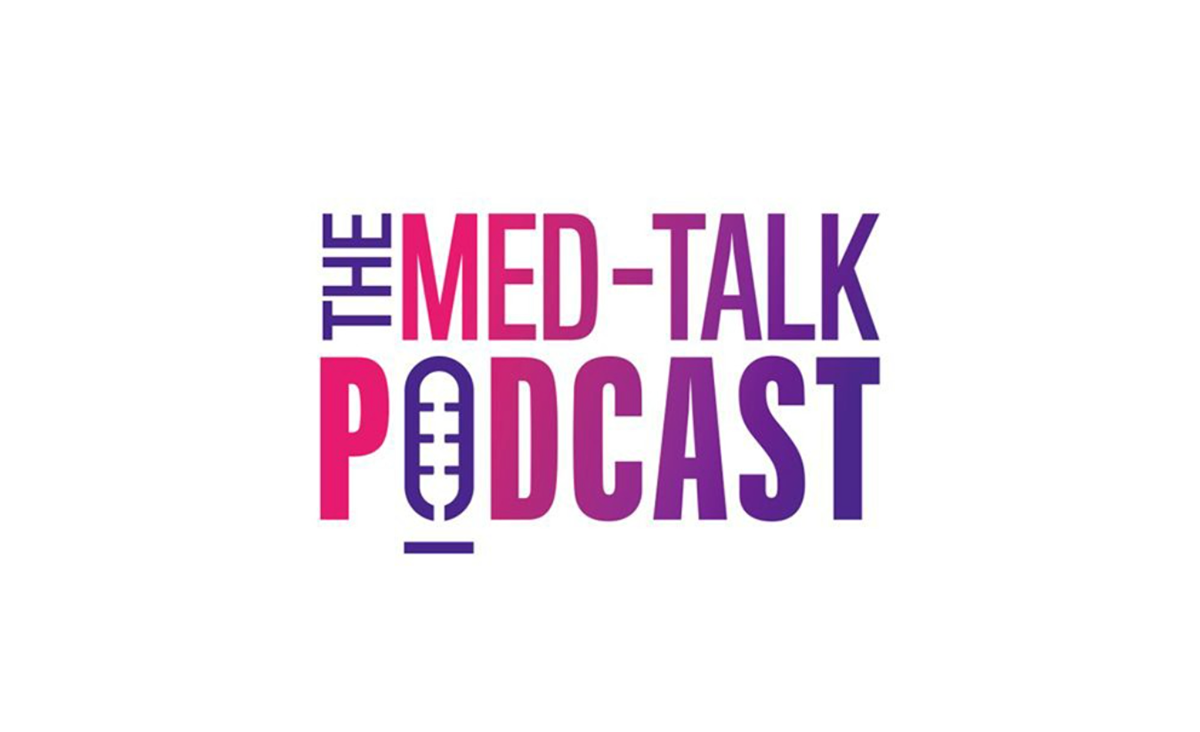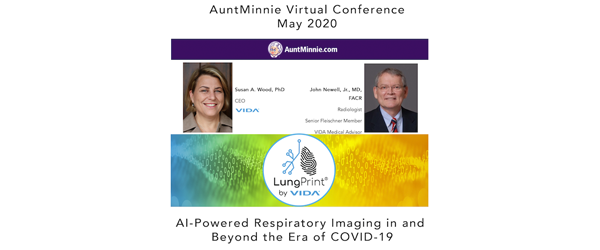Long COVID: An Emerging Battle
Surviving COVID-19 isn’t the end of the story for many patients. Amidst new virus variants, vaccine debates, and skyrocketing cases in countries such as India, another pandemic concern is rearing its ugly head: long COVID.
Also known as long-haul COVID, post-acute COVID, and post-COVID, long COVID refers to the lingering health effects of the virus, which can plague survivors for months after they’ve recovered from the initial infection. The National Institutes of Health (NIH) dubbed this Post-Acute Sequelae of SARS-CoV-2 infection (PASC). Unfortunately, there isn’t a standard set of treatment guidelines or a cure for this little-understood condition, which the NIH reports can manifest with symptoms including fatigue, shortness of breath, “brain fog,” sleep disorders, fevers, gastrointestinal symptoms, anxiety, and depression. In addition, new research is finding significant lung abnormalities in these patients as well as an increased risk of death.
Three recent studies underscore the urgency of understanding long COVID
Research is beginning to emerge on long-haul COVID patients, and the medical community’s findings are nothing short of alarming.
This collection of groundbreaking research highlights two distinct groups of patients: (1) those who survived serious COVID and were hospitalized, and (2) those who had milder cases and stayed out of the hospital.
Serious COVID Cohort
- Among those originally hospitalized with COVID, nearly two-thirds (63%) show lung abnormalities (GGOs, fibrotic lesions, reticulations) at 4 months post-infection. (COMEBACK Study Group, JAMA, March 2021)
- Over a third (35%) of the patients with "serious COVID" are returning with fibrotic-diseased lungs. (Han et al, Radiology, Apr 2021)
Mild COVID Cohort
- Even among patients with mild cases of COVID, late-emerging respiratory disease may be an issue. 3% of those with non-serious COVID (those who were never hospitalized) have an excess burden of respiratory symptoms 6 months post-infection. (Ziyad et al, Nature, Apr 2021)
The pulmonologist perspective on long COVID
In our pre-COVID world, fibrotic disease was a relatively rare condition. IPF (idiopathic pulmonary fibrosis), for example, affects approximately 132,000 people in the US (American Lung Association), compared to 16 million with COPD (American Lung Association). Post-COVID fibrosis is not the same as IPF, a progressive chronic disease; nonetheless, fibrotic damage is a challenging condition to manage regardless of its origins. If the findings from Han et al are correct, 35% of the 2.2m people hospitalized with COVID in the US (CDC Aug 20, 2020-May 11, 2021) will present with fibrotic damage--770,000 patients.
Pulmonologist and author Michael J. Stephen, MD, has seen the impact of long COVID firsthand, particularly with patients in their 60s and 70s who had serious COVID. He recently sat down to discuss his perspective with VIDA CEO Susan Wood, PhD.
“We’re seeing these patients come back in two months later, a month later, with severe fibrotic diseases. It’s very scary, and we have no answers, and we have no treatment for it, and a lot of these patients are dying.”
-Michael J. Stephen, MD
Pulmonologist
How hospitals are coping
As an increasing number of COVID-19 survivors present with long-term symptoms and health concerns, the question is, how will hospitals handle the needs of these patients? One answer is by establishing post-COVID clinics dedicated to the unique needs of those afflicted. More than 80 hospitals and health networks nationwide have already created these types of centers, including innovative providers like the University of Iowa Health Care, Penn Medicine and others. No doubt more will follow suit to provide care to patients searching for answers.
The role of lung intelligence in helping patients with long COVID
To better understand the complex ongoing respiratory illnesses these patients face, lung intelligence from VIDA can help. Quantitative insights and impactful visualizations empower providers to better understand and manage their patients. Quantitative lung tissue characterization (texture analysis) is just one of many ways we are addressing this object.



